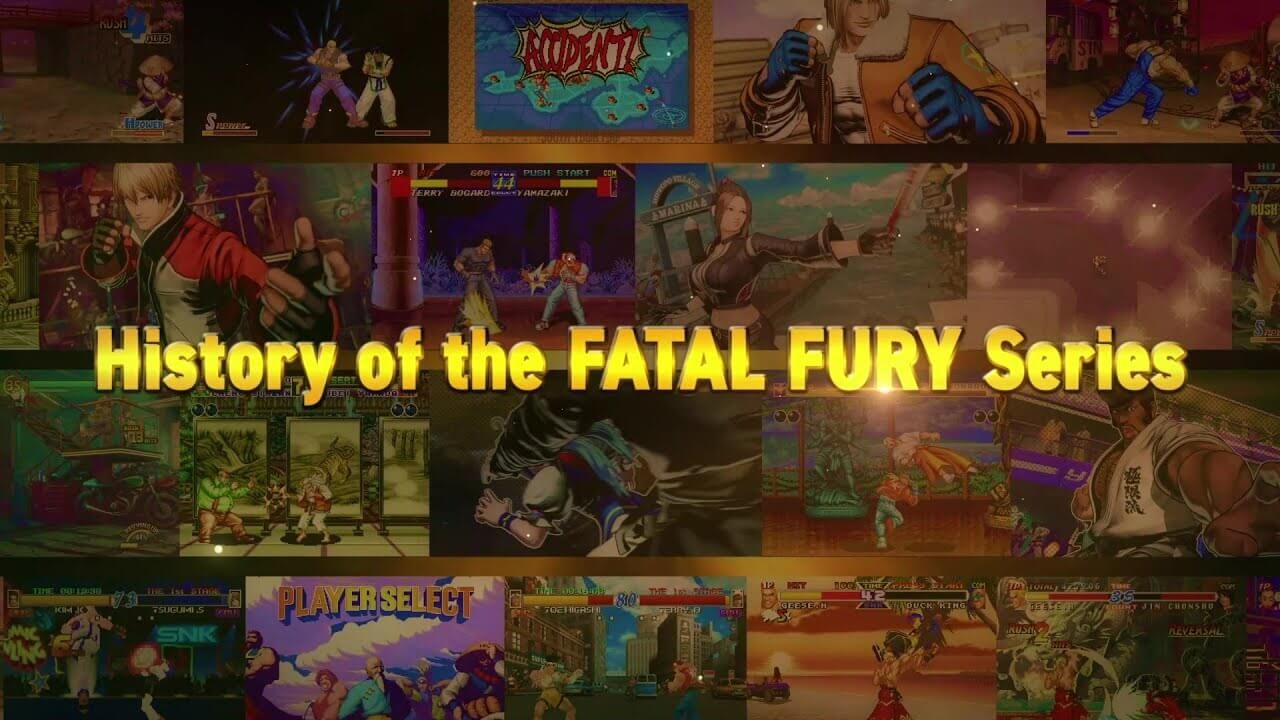In celebration of Fatal Fury's long history, SNK uploads a short video that goes over the major entries into the series.
In 1991, on November 25th, SNK released one of the most important and iconic titles in their entire library. A game that would define them as a company capable of producing fighting games that are lacking in neither style nor depth and complexity.
The original Fatal Fury came out over 8 months after Street Fighter 2, but unlike many games that would attempt to emulate Capcom's success, it represented a different branch of evolution and innovation for fighting games. And it's of little surprise, Takashi Nishiyama is a name that stood at the root of both series. Even if the original Street Fighter is not remembered fondly, Nishiyama's expertise in the action genre is undoubtable. After all, this is the same person who worked on Spartan X, an arcade title responsible for shaping the beat-em-up genre.
With many other talented people at the helm, Fatal Fury managed to do the impossible and withstood the competition in the years when it was fiercer than at any other point in fighting game history. Although, as the celebratory recap shows, there was still quite a long gap in releases before City of the Wolves continued the series legacy.
Given such an iconic status of Fatal Fury, and the long-lasting legacy of these games, it's rather tragic, but not surprising, that the newest entry is struggling to find mainstream success or amass much of an audience. It seems that even among diehard SNK fans, most have stayed with King of Fighters XV, which many praise as perhaps the best entry among the new generation of fighting games.
Until the recent sale revitalized the playerbase to some extent, Fatal Fury: City of the Wolves averaged roughly 80 to 150 daily players, with the current numbers taking it to 150-350 players a day. It's easy to blame this poor performance on the PR disaster surrounding SNK being owned by the Saudi Arabia, which overtly led to the inclusion of Cristiano Ronaldo and Salvatore Gannachi as playable characters. However, the real issues are much less obvious. It's a complex combination of the bad release timing, poor marketing that tried to sell the game to the wrong audience, bad regional pricing, outdated (even if excellent by SNK standards) 3D graphics, and more intricate issues with regard to mechanics, roster, and game balance.
Perhaps SNK could still recover given enough time, but it is disappointing to see such a stories franchise flop so hard after a much awaited comeback. And who knows, if lessons aren't learned from this release, perhaps the same fate will await the upcoming Art of Fighting.




















